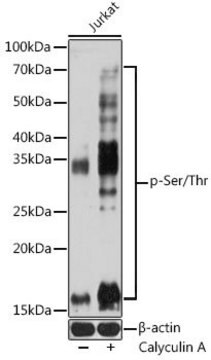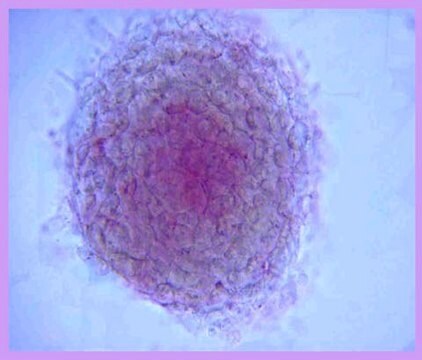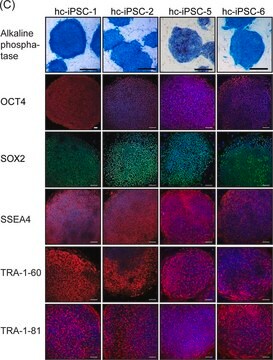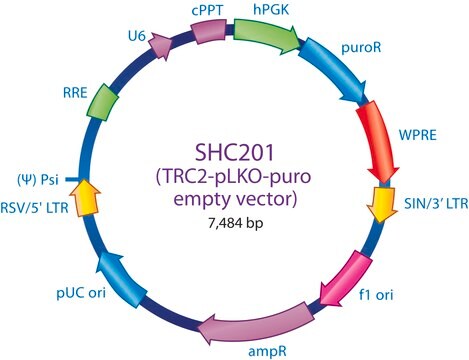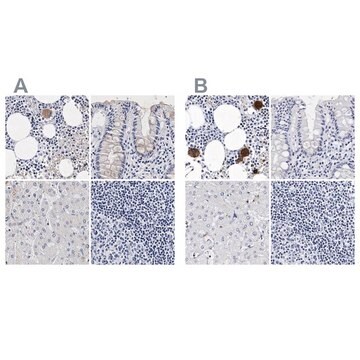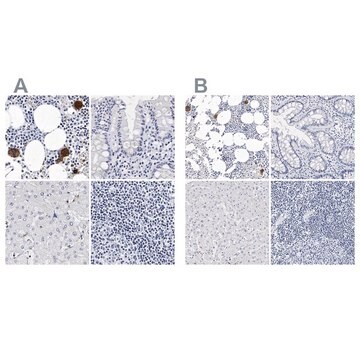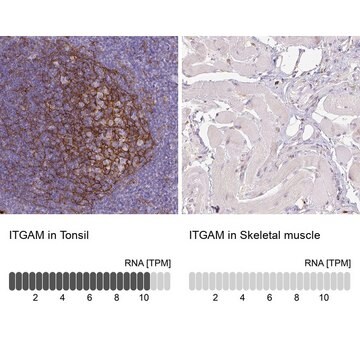SM0431
MISSION® shRNA Mouse Gene Family Set, Lentiviral Particles
Phosphatases
About This Item
Recommended Products
Looking for similar products? Visit Product Comparison Guide
Related Categories
1 of 4
This Item | HPA031168 | HPA031170 | AMAB90911 |
|---|---|---|---|
| Quality Level 100 | Quality Level 100 | Quality Level 100 | Quality Level 100 |
| antibody form affinity isolated antibody | antibody form affinity isolated antibody | antibody form affinity isolated antibody | antibody form purified immunoglobulin |
| conjugate unconjugated | conjugate unconjugated | conjugate unconjugated | conjugate unconjugated |
| product line Prestige Antibodies® Powered by Atlas Antibodies | product line Prestige Antibodies® Powered by Atlas Antibodies | product line Prestige Antibodies® Powered by Atlas Antibodies | product line Prestige Antibodies® Powered by Atlas Antibodies |
| technique(s) immunohistochemistry: 1:200- 1:500 | technique(s) immunohistochemistry: 1:200- 1:500 | technique(s) immunoblotting: 0.04-0.4 μg/mL, immunohistochemistry: 1:2500-1:5000 | technique(s) immunoblotting: 1 μg/mL, immunohistochemistry: 1:1000- 1:2500 |
General description
Other Notes
Legal Information
Storage Class Code
12 - Non Combustible Liquids
WGK
WGK 3
Flash Point(F)
Not applicable
Flash Point(C)
Not applicable
Personal Protective Equipment
Choose from one of the most recent versions:
Certificates of Analysis (COA)
Sorry, we don't have COAs for this product available online at this time.
If you need assistance, please contact Customer Support.
Already Own This Product?
Find documentation for the products that you have recently purchased in the Document Library.
Our team of scientists has experience in all areas of research including Life Science, Material Science, Chemical Synthesis, Chromatography, Analytical and many others.
Contact Technical Service


